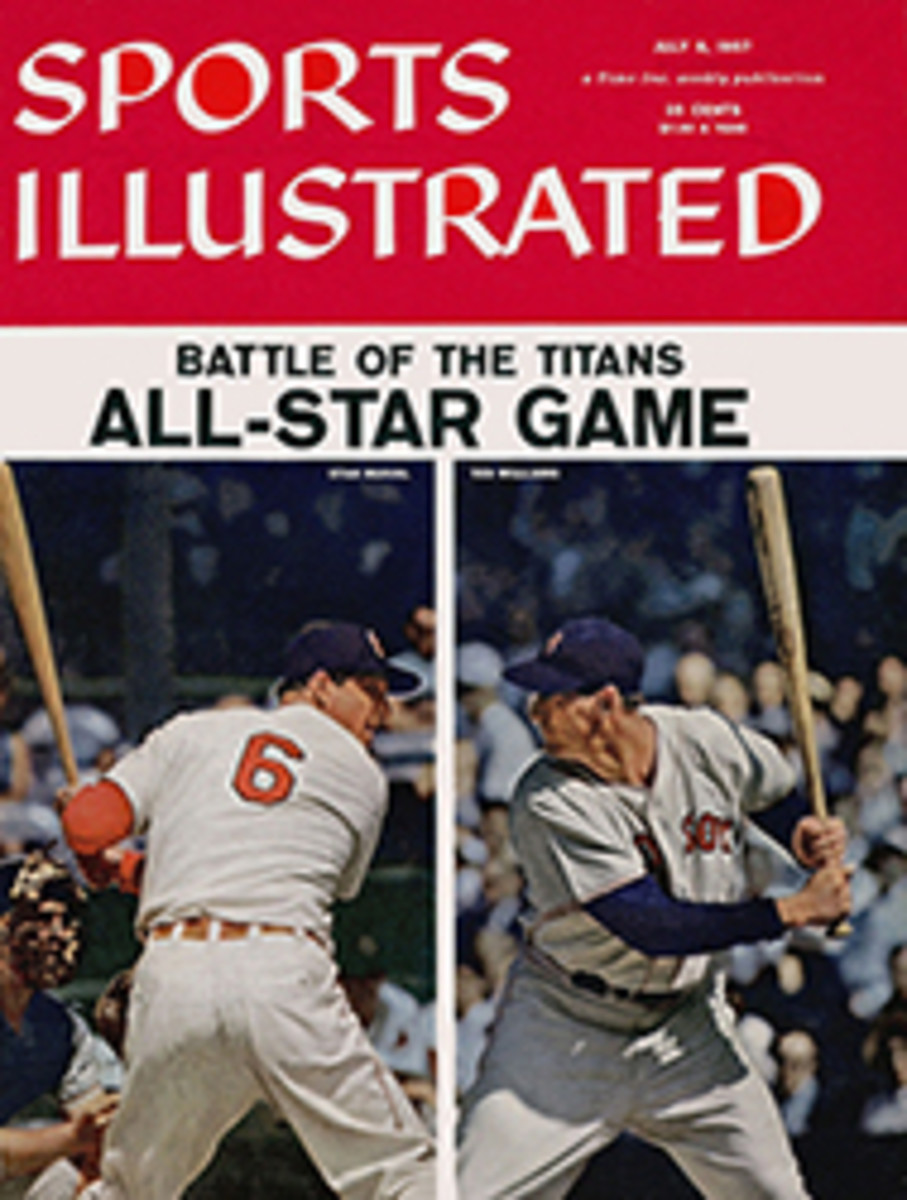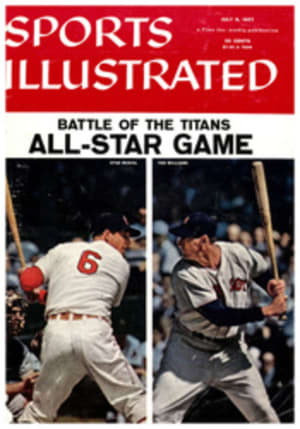
THE CHAMPS OF 1960
The stunning fairways and deeply shadowed greens of the Broadmoor were awash with nearly 200 young men, all in the feverish throes of swinging golf sticks furiously through the thin mountain air and striving for one of the prized 64 playoff places in the 60th annual National Collegiate Athletic Association Golf Tournament.
In the world of college golf, which is becoming increasingly fecund in championship players, the NCAA is the most prized championship a boy can win. It is really two tournaments in one—individual and team play. The University of Houston's crack team of Rex Baxter Jr., Jimmy Hiskey, Frank Wharton and Stan Binion won the latter with 602. Stanford was second by one stroke.
The new Walker Cup choices, Joe Campbell of Purdue and Rex Baxter Jr. of Houston, were the favorites in the match play individual championships, but the early-round hero of the tournament was a tiny, peppery Mexican-American from Midland, Texas: Marcellino Moreno. Marcellino was barely as big as his golf bag, which he toted himself over his shoulders like a Chinese coolie balancing two buckets of water on a yoke. He took 40 putts on the first round for a 77, then threw his putter away and putted with the lip of a sand wedge. This so improved his score that he easily qualified with a 75 the second day. Everyone doubled up with laughter until Marcellino won three straight matches on the last hole and was suddenly in the semifinals against the great Baxter himself.
Baxter frequently used a six-iron where Marcellino used a spoon, but Marcellino would always show up cheerfully on the green, grinning behind his old-fashioned, gold-rimmed spectacles and murmuring politely, "You're away, Rex." The long holes finally shattered the 5-foot-4, 120-pounder, however, and Baxter elbowed him out, 5 and 3.
One of the qualifiers, Princeton's Wendell Long, was playing a spirited second-round match with Arizona State's Stanley Hobert, which extended to the 21st hole. Long blistered a long tee shot into the shallow rough, then sent his next careening nicely onto the green. He looked a sure winner—until he bent to pick up his ball and brush it off, when his face blanched. "It's not my ball," he said in a stricken voice. "I lose the match." And so he did, but not the salutes of the entire tournament for a demonstration of honesty in the very best traditions of the game. A Notre Dame boy put himself out by insisting on taking a two-stroke penalty when his caddie accidentally picked his ball up.
The Broadmoor Hotel and course is certainly one of the world's picturesque settings for golf, but it is not without its pitfalls, even to the wary golfer. High on the overhanging Cheyenne Mountain is a Will Rogers shrine, a carillon with a multitude of amplifications which sits on a craggy aerie overlooking the whole plateau and surroundings of Colorado Springs. Every quarter hour the chimes sound out boomingly over the valley below, and many was the golfer who would be drawing his putter blade back as the beautiful notes sounded with rock-crash suddenness.
At odd hours of the day, which no one could predict, the shrine's loudspeakers would just as abruptly begin to blare various of the late Rogers' (and the Broadmoor's) favorite tunes. The effect on players was horrendous.
It was finally the booming hitters who could master the crushing 531-yard 9th and 583-yard 17th who survived the fast and violent play. Joe Campbell was stylishly dispatched by Yale's slim, boyish-looking Pete Nisselson, who putted with the grace and aplomb of a Horton Smith. But the onrushing Baxter took advantage of Nisselson's shaky start to drop him out in the quarterfinals, 2 and 1.
By common consent, the tournament's classiest swing belonged to Wisconsin's Roger Rubendall, but he fell prey to the grinning, hustling little Moreno in the quarterfinal. Moreno proved more than a match for the time chimes and tunes by reason of the fact he was usually making too much din himself whistling The Yellow Rose of Texas and other ditties of the lone prairie.
With Campbell out, it appeared Houston's Baxter could win on roller skates. But the word began to filter out by the quarterfinals that the lone Hamilton College golfer, Ward Wettlaufer, overlooked despite the fact he won the amateur division of George S. May's World Championships in Chicago last year, was a major threat in the tournament. He gave Baxter a big fight in the finals, but the long-legged Walker Cupper's steadiness earned the collegiate championship and gave Houston University a clean sweep of the honors, team and individual.
So the U.S. had its first national competitive look at its golf champions circa 1960 and after. Baxter, in terms of seasoning and steady form, was the best player—and will be heard from. But so will Wettlaufer, also 21, and only a sophomore. As will Rubendall, Campbell, Nisselson—and the mouse-size Moreno.
PHOTO
UNSMILING BAXTER WAS HOUSTON'S HERO

